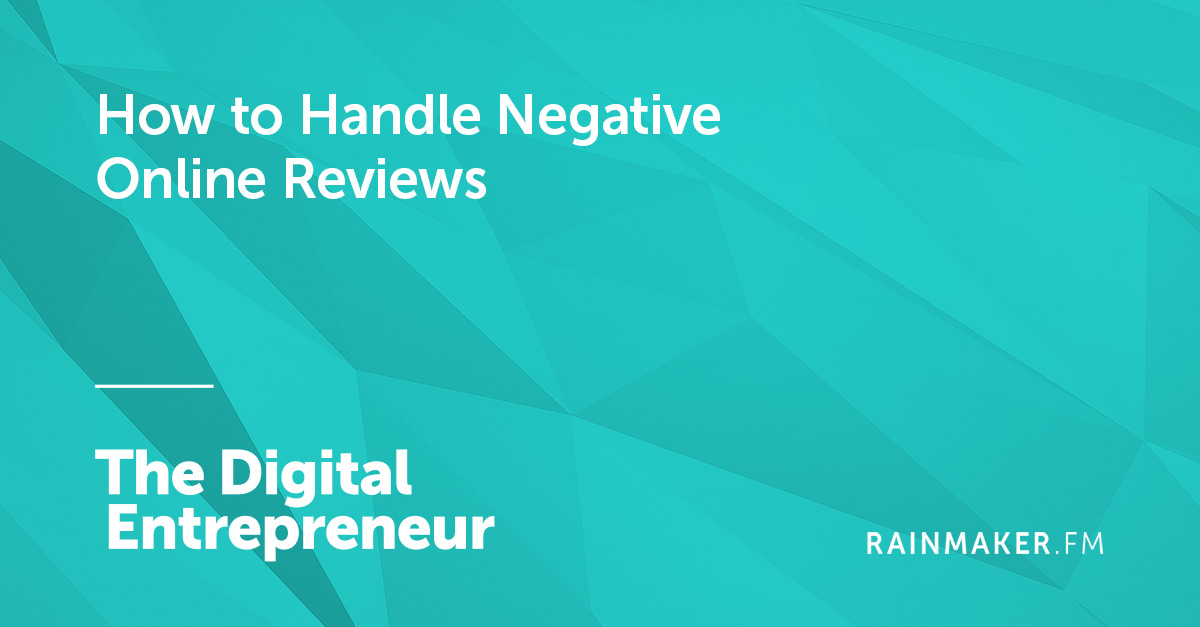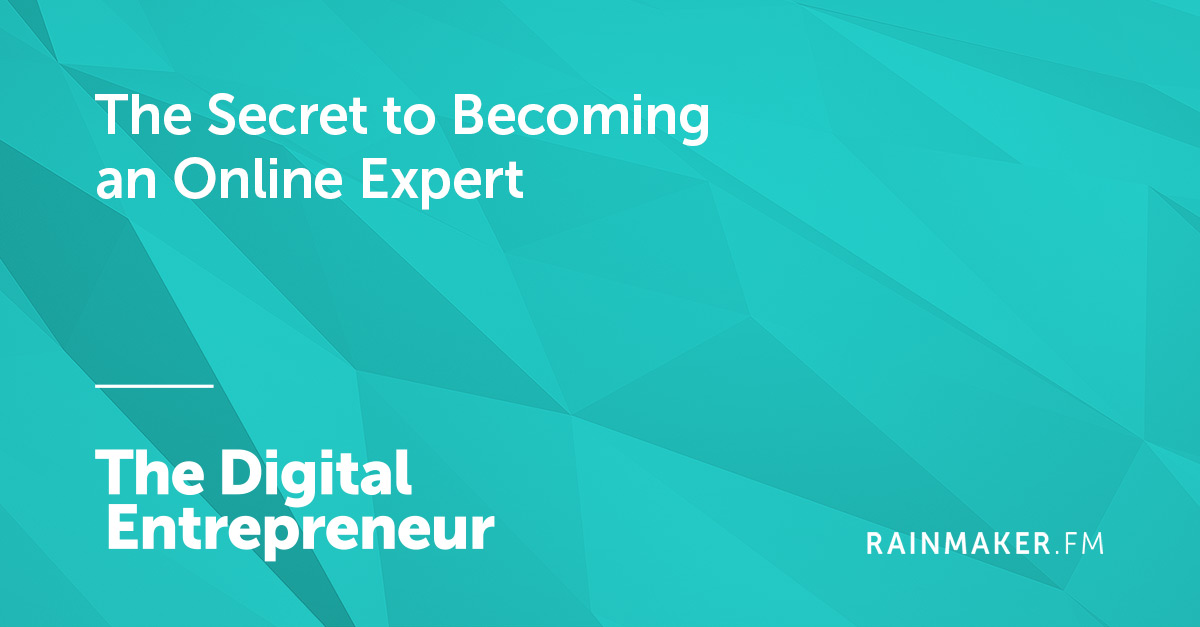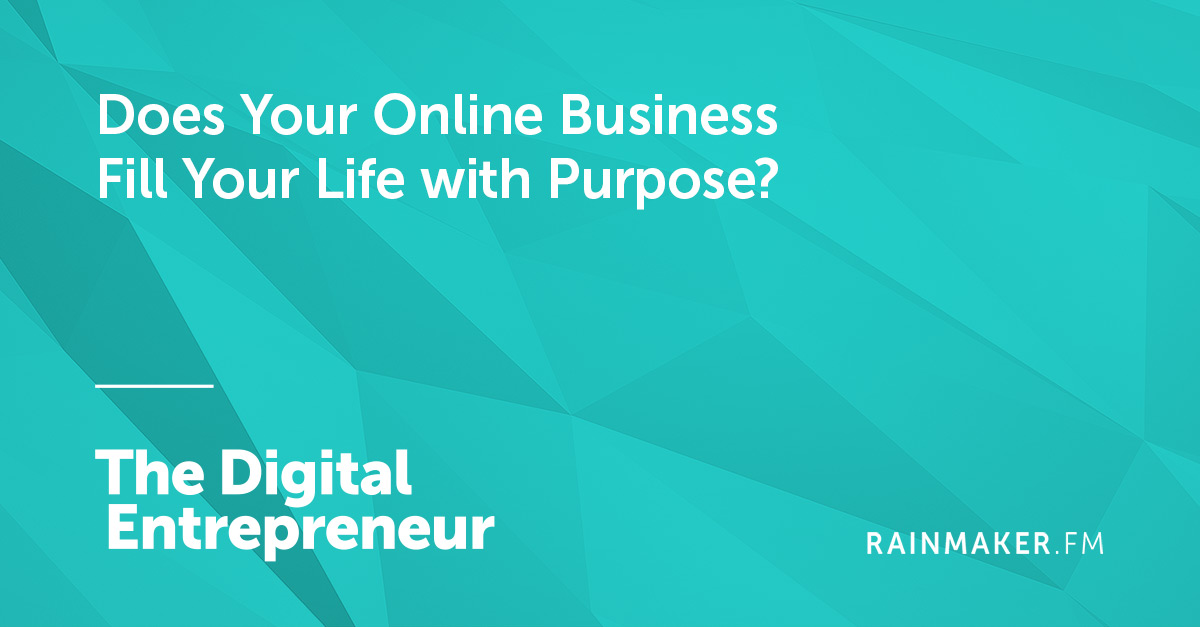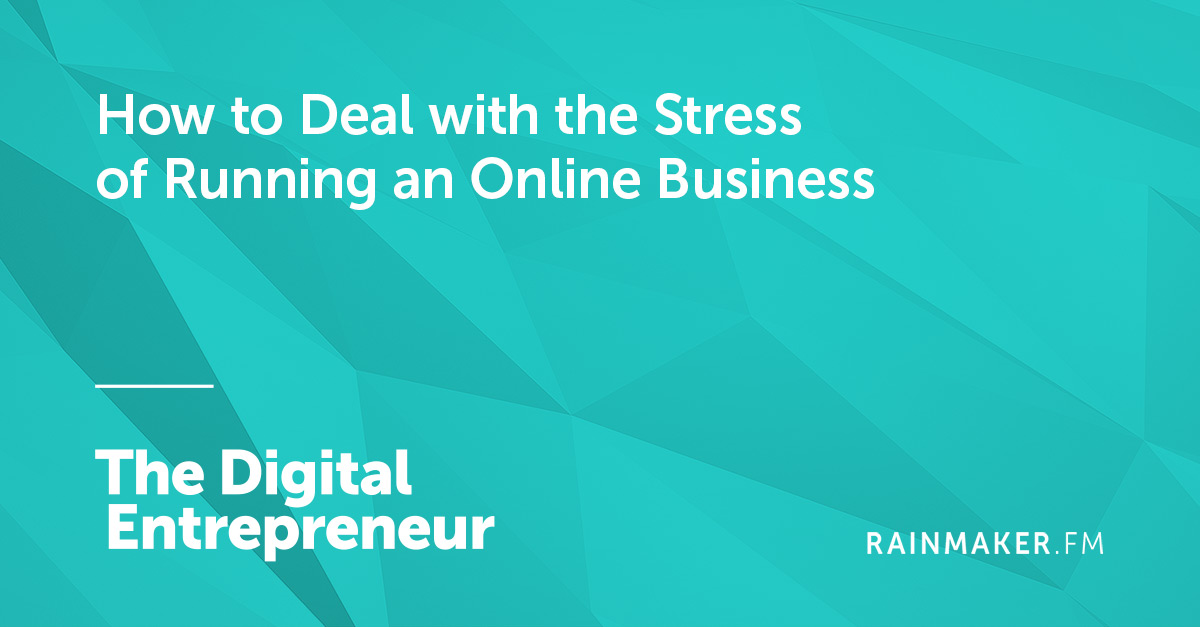
Negative reviews can have disastrous consequences for your business, unless you are prepared.
Recently, a Dallas jury awarded a wedding photographer a $1 million judgement against a couple she claimed made defamatory and malicious statements following a dispute about wedding photographs.
But while this photographer prevailed in court, her business is no more.
No matter how much you work to build your business online, there will be those that find issue with your efforts and may share their dissatisfaction online, for others to see. Are you ready for when that happens?
In this 35 minute episode, Sean Jackson interviews Chris Silver Smith of Argent Media to discuss the ramifications of online reviews, including…
- Why you just can’t ignore negative reviews
- What you must do right now to protect your reputation online
- Tactics to gain more positive reviews
- How to respond to negative reviews
- And the Question of the Week: What happened to Jessica Frick?
Listen to The Digital Entrepreneur below …
The Show Notes
- If you’re ready to see for yourself why more than 201,344 website owners trust StudioPress — the industry standard for premium WordPress themes and plugins — swing by StudioPress.com for all the details.
- “What entrepreneurs can learn from Dallas wedding photographer’s suit over social media slams” from the Dallas Morning News
- “Bride, groom who slammed Dallas wedding photographer online, in media must pay $1.08M” from the Dallas Morning News
- More information about Chris Silver Smith from Argent Media
- Follow Sean on Twitter



